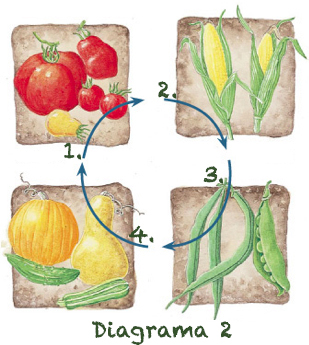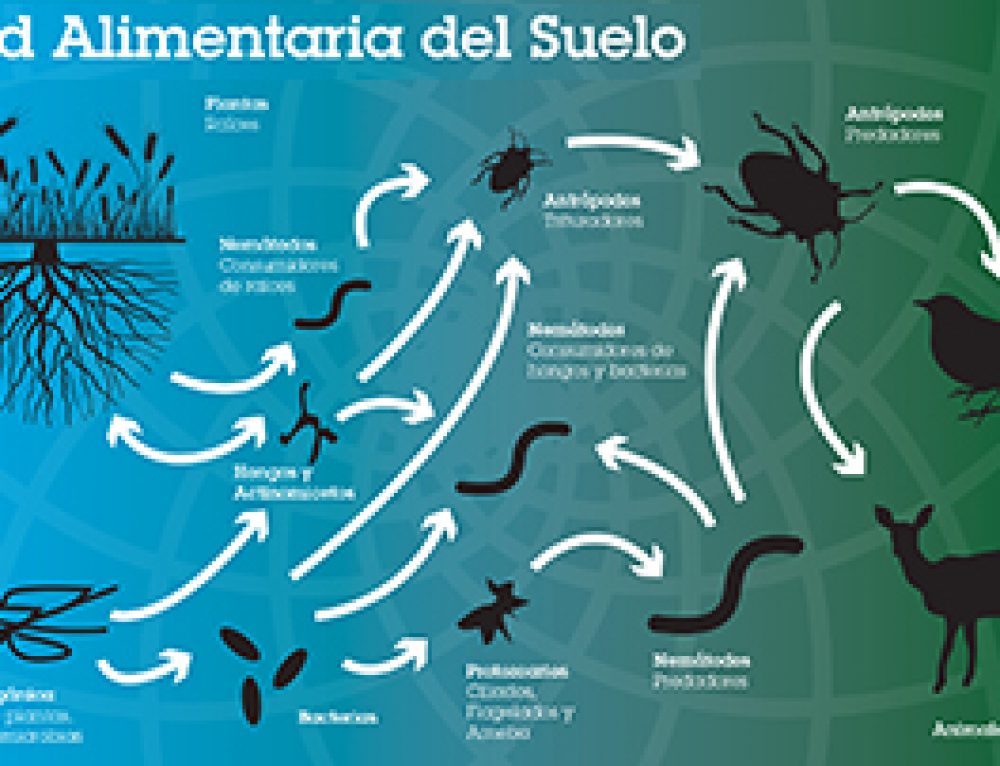 Two important growing methods that will provide an abundant, vibrant & healthy garden or farm are growing by Crop Rotation and Companion Planting. Essential to employing these methods is making a “Garden Plan” and keeping a “Garden Diary” where you record what, where and when you plant so you can learn from your successes and improve upon your failures.
Two important growing methods that will provide an abundant, vibrant & healthy garden or farm are growing by Crop Rotation and Companion Planting. Essential to employing these methods is making a “Garden Plan” and keeping a “Garden Diary” where you record what, where and when you plant so you can learn from your successes and improve upon your failures.
Crop Rotation Planting
A great way to keep your soil nutrient rich and keep pests & diseases away is to rotate the plants within your garden every 2-3 years. Different plants have different nutrient requirements; thus some plants will draw certain nutrients from the soil in different varying amounts than other plants. The longer you allow the same plants to grow in the same location year after year, the greater the strain on soil nutrients and likelihood of soil degradation. By rotating plants between different garden beds or areas of your garden, you will effectively reduce the strain of nutrients in your soil and hide your plants from bugs who expect to find their favorite food in the same spot year after year.
 In general you want to follow these three guidelines when rotating plants:
In general you want to follow these three guidelines when rotating plants:
1) Follow heavy-feeding plants with light feeders
2) Put deep-rooted vegetables where shallow-rooted plants previously grew
3) Avoid rotation plants of the same family within the same bed (plants within the same family tend to have similar nutritional needs and are susceptible to the same pests & diseases)

When you begin to plan a rotation scheme, it’s best to divide your garden into two areas:
1) Rotation of “low growing” plants on the northern side (Displayed in Diagram 1), and
2) Rotation of “sun blocking” plants on the southern side of the garden (Displayed in Diagram 2)
Diagrams 1 and 2 display rotation plans where certain families of plants should be followed by others in order to maximize nutrient retention in soil and ward off diseases & pests.
Companion Planting
Did you know that different species of plants like to grow together with other species (like lettuce and tomatoes), while growing others together inhibit their growth (for example celery and carrots)? Very little is known why certain species appear to have a synergistic relationship, but often gardeners report that by planting certain ones together they often grow better, yield more and at times even taste better. The Table below exhibits which plants grow well together and which don’t.






Leave A Comment